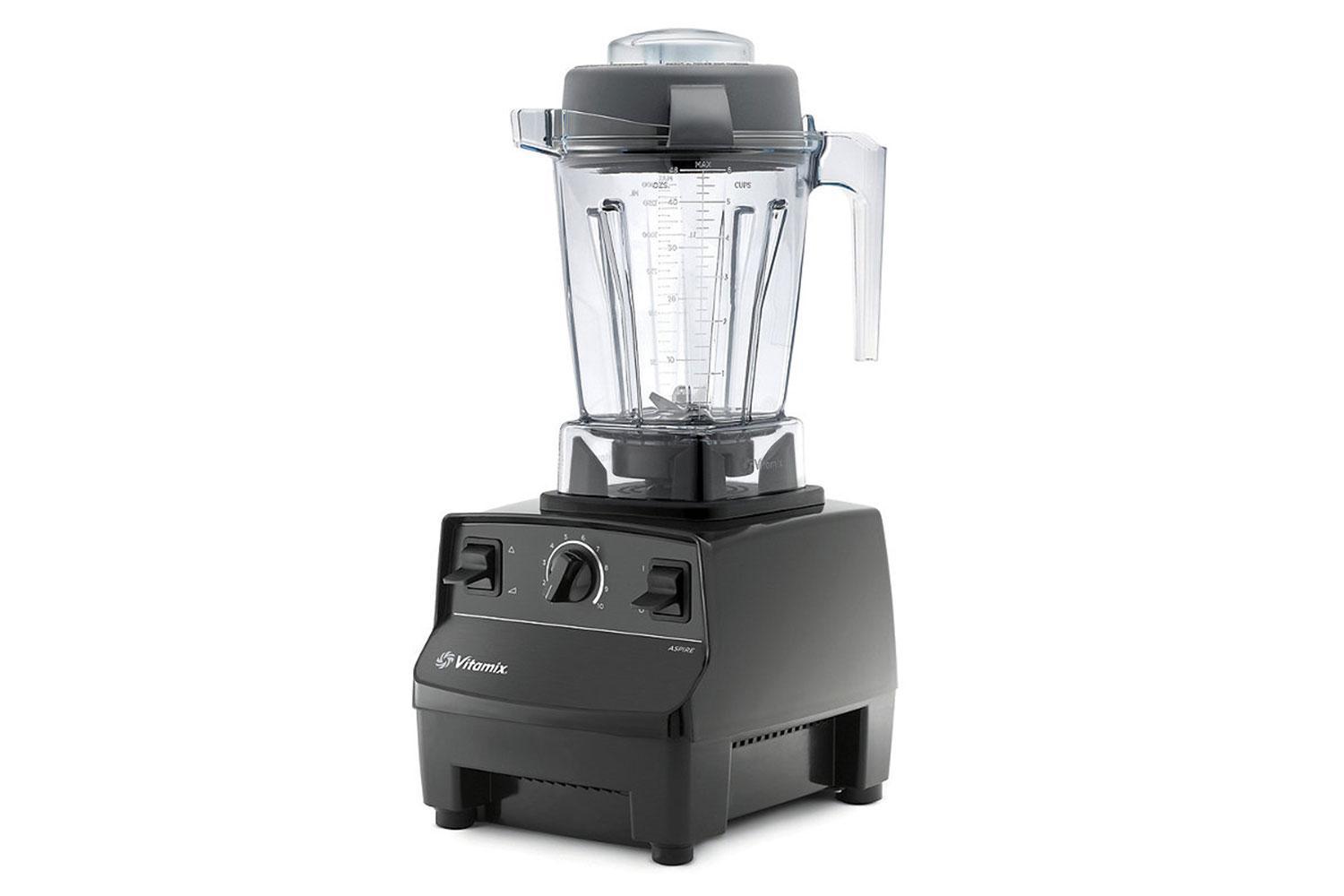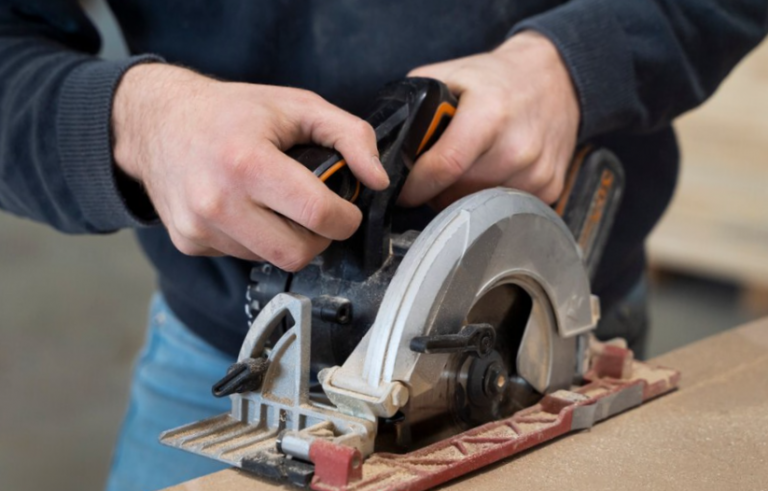What is Blender?
A blender is also called a liquidizer. It is a kitchen or laboratory appliance used to mix purée or emulsify food & other substances. A stationary blender has a blender jar & a rotating metal blade at the bottom. It is usually powered by an electric motor in the base, which crushes things. Some powerful models can also even crush ice.
The advanced immersion blender configuration has a motor on the top connected by a shaft to a rotating blade at the bottom. This type can be used with any container easily.
Generally, blenders have different functions & features but product testing shows that many blenders are useful for meeting many consumer needs no matter they are cheap or expensive. Here are some main features that consumers consider when purchasing a blender.
– Largely visible measurement marks.
– Ease of use.
– Low noise during usage.
– Not more than 300–1000 watts.
– Ease of cleaning.
– Quick pulse option.
– Multiple options like for juices, soups, etc.
Blenders can be categorized into two types. i.e.
– Countertop blenders
– Immersion type blenders
Countertop blenders
Countertop blenders use 1–2 liters which are about (4–8 cups) blending container made of glass or plastic or stainless steel. Blenders that are made up the glass are heavier & have better stability. On the other hand, plastic is prone to scratching & absorbing the smell of blended food. The stainless steel is preferred for its looks but limits the visibility of the food as it is blended. Countertop blenders offer several speed settings too.
Function
The blending container is shaped in a way that encourages the material to circulate through the blades of the blender, rather than simply spinning around.
The container rests upon a base perfectly with a locking capability that contains a motor for turning the blade assembly & has controls on its surface. Most advanced blenders offer a number of possible speeds. Remember, low-powered blenders require the addition of some liquid to operate correctly. Because this liquid helps move the solids around the jar, bringing them in contact with the blades. These blades form a whirlpool-like effect that moves solids all the way from top to bottom, ensuring even contact with the blade. This builds a homogeneous mixture. Depending upon the power, high-powered blenders are capable of milling solid grains & crushing ice without assistance.
Immersion blenders
These are called hand-held blenders. The hand-held immersion blender or stick blender has no specific container of its own, but a mixing head with rotating blades that can be immersed in a container. These blenders are so convenient for homogenizing volumes that are huge to fit in the bowl of a stationary blender or as in the case of soups, are too hot to be securely poured into the bowl.
Immersion blender operation requires that the user hold down a switch for as long as the blades operate, which can tire the user. It’s a fact that handheld blenders are ideal for small & specific tasks but they have less usage as compare to countertop blenders.
Recommended Readings
The responses below are not provided, commissioned, reviewed, approved, or otherwise endorsed by any financial entity or advertiser. It is not the advertiser’s responsibility to ensure all posts and/or questions are answered.






